Musical Straw
Music has been one of the greatest inventions in human history! There’s no telling when it started or what was the first wind instrument (one […]

People have told us that we do things to our own tune. At first we didn’t know what they meant, but then we decided that they had to be talking about our Water Whistle experiment. We’ve created an instrument out of nothing more than a drinking straw and a glass of water. It’s musical and fun as well as a great lesson in vibration, sound, and pitch.
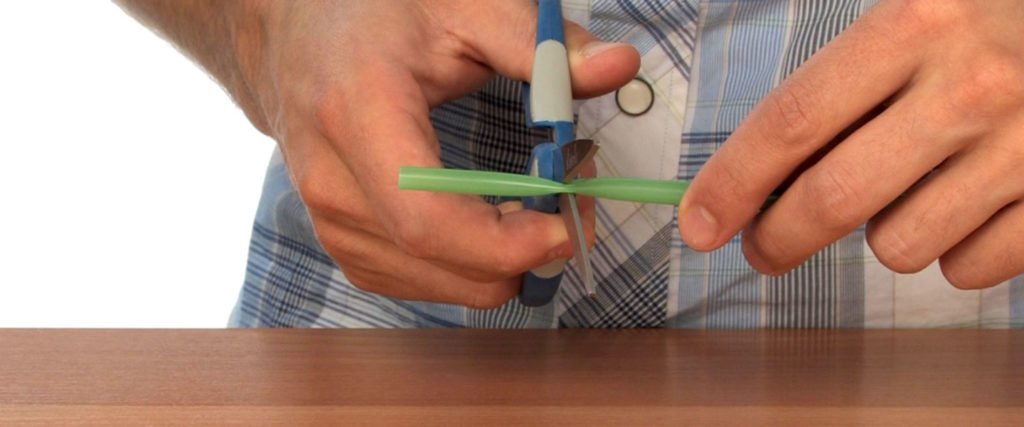
Using your scissors, about 1/3 of the way down the straw, partially cut through the straw. The cut should be ALMOST all the way through the straw but leave a small piece uncut to keep the two straw sections attached.
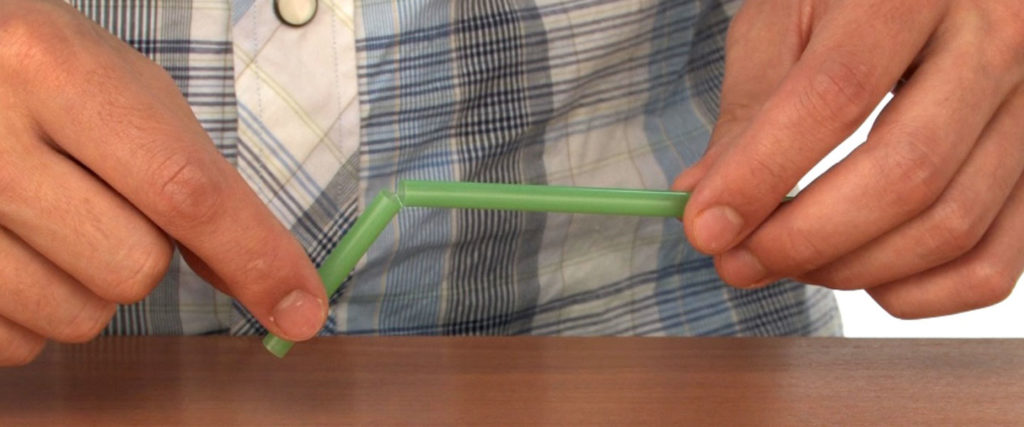
Bend the straw into a right angle at the cut, but be carful not to break the straw segments apart.
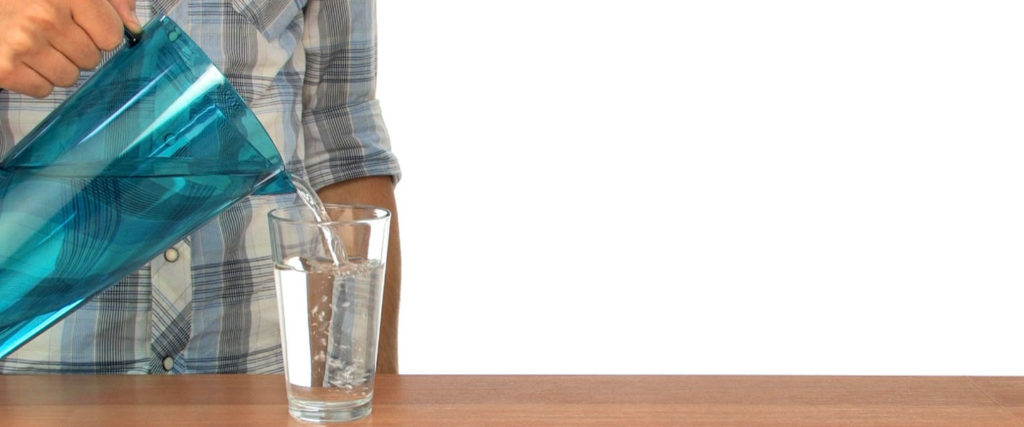
Fill a cup or glass 3/4 full with water.

Slide the longer section of straw into the water.

Keep the straw at a 90 degree angle. Place your lips on the shorter end of the straw and blow with a light, constant breath. What do you hear?
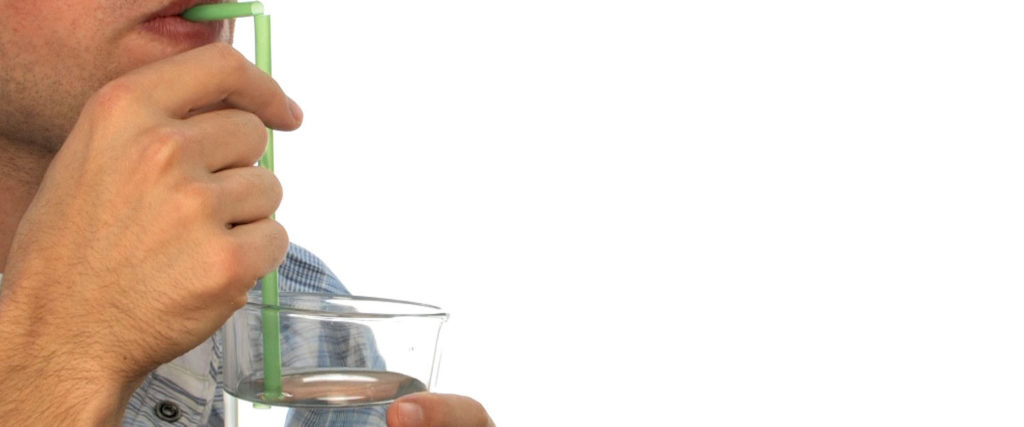
If you are having trouble producing a whistling sound, try pinching the top of the long end of the straw.
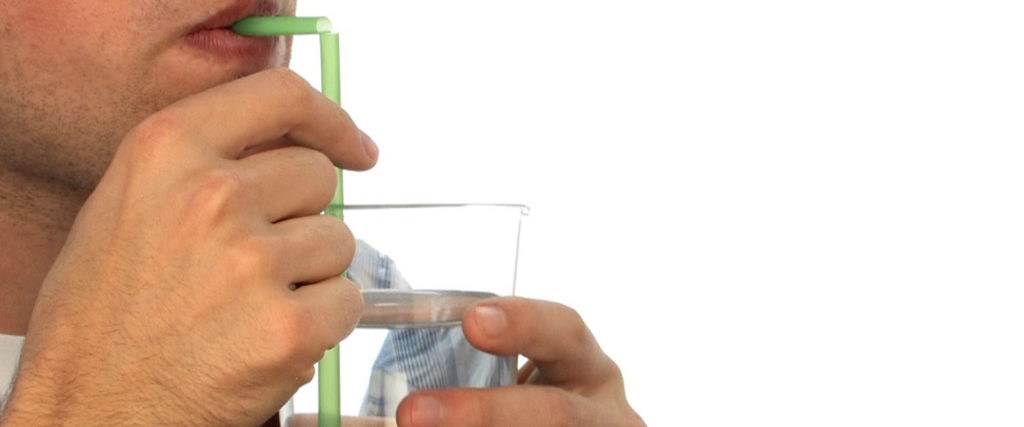
Once you’ve got your Water Whistle making a constant, steady sound, try raising or lowering the straw in the water. What happens to the pitch of your Water Whistle when you do this?
The Water Whistle is fun and makes a cool noise, but is there really science behind it? There sure is! The science of sound is based in vibration. All sounds, from your car stereo, a saxophone, or a car driving by, are actually sound waves. These sound waves are vibrations traveling through the air that reach your ears.
The Water Whistle actually works through the vibration of air itself and, more specifically, the column of air inside the straw. The longer segment of straw that you have partially submerged in water is full of air and water (the amount of each depends on how deep you have your straw in the water). When you blow the air across the top of the longer straw segment, you are causing the column of air to vibrate.
This vibrating column of air creates the whistling sound you hear. The pitch of the whistling is dependent on how much air you allow to be inside the straw. The more air that is inside the straw, the lower the pitch of the whistle. Less air is going to create a higher pitch.
Preforming the Water Whistle demonstration is pretty cool, but it isn’t a science fair project. You can create a science fair project by identifying a variable, or something that changes, in this experiment. Let’s take a look at some of the variable options that might work:
Those are just a couple of ideas, but you aren’t limited to these! Try coming up with different ideas of variables and give them a try. Remember, you should only change one thing at a time. If you are testing a different diameters of straws, make sure that the other factors are remaining the same!